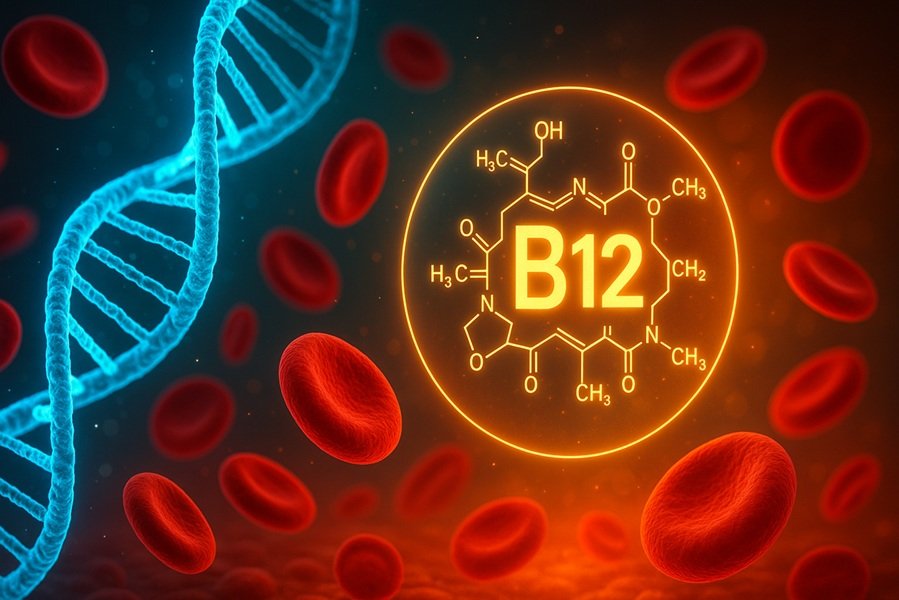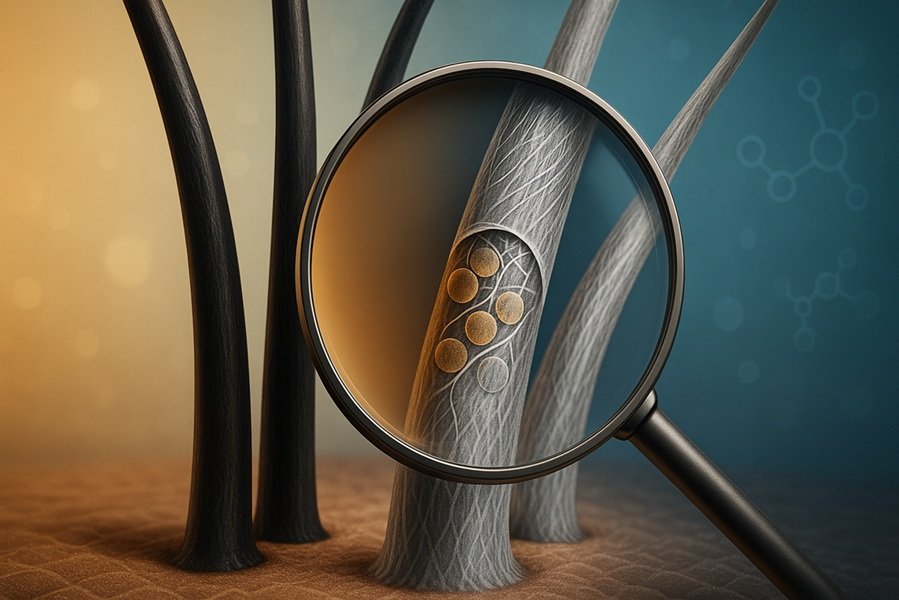
India, a land of diverse topography and climatic variations, experiences a variety of seasons that shape its agricultural patterns, cultural practices, and daily life. The Indian subcontinent’s climate is influenced by the Himalayas, the Thar Desert, and the Indian Ocean. Broadly, India experiences six main seasons as per the traditional Hindu calendar, though meteorologically it is divided into four major seasons. Each season brings unique weather patterns, festivals, and agricultural cycles.
1. Spring (Vasant Ritu)
Duration: Mid-February to Mid-April
Characteristics:
- Mild temperatures and blooming flowers.
- The season is marked by the blossoming of trees and plants, pleasant weather, and rejuvenation of nature.
Cultural Significance:
- Celebrations like Holi, the festival of colors, and Vasant Panchami, dedicated to Goddess Saraswati, mark the spring season.
- Considered the king of all seasons due to its pleasant weather and natural beauty.
Impact on Agriculture:
- A transition period between the harvesting of Rabi crops and the sowing of Kharif crops.
2. Summer (Grishma Ritu)
Duration: Mid-April to June
Characteristics:
- High temperatures, often exceeding 40°C in northern and central India.
- Hot winds, known as loo, prevail in the northern plains.
Cultural Significance:
- Festivals like Rath Yatra and Gangaur are celebrated.
- In many regions, summer is a time for mango feasts and cooling drinks.
Impact on Agriculture:
- Irrigation becomes essential due to water scarcity.
- Preparation for the upcoming monsoon sowing season.
3. Monsoon (Varsha Ritu)
Duration: June to September
Characteristics:
- Onset of the southwest monsoon bringing heavy rainfall.
- High humidity levels with intermittent rain and thunderstorms.
Cultural Significance:
- Monsoon festivals like Teej, Raksha Bandhan, and Onam are celebrated.
- The rains rejuvenate rivers, lakes, and agricultural lands.
Impact on Agriculture:
- Critical for the cultivation of Kharif crops like rice, maize, and pulses.
- Excess rainfall may lead to floods, while inadequate rainfall can cause droughts.
4. Autumn (Sharad Ritu)
Duration: September to November
Characteristics:
- Clear skies and moderate temperatures.
- The retreat of the monsoon leads to a decrease in humidity.
Cultural Significance:
- Major festivals like Navratri, Durga Puja, and Diwali are celebrated.
- Considered a season of harvest and thanksgiving in many parts of India.
Impact on Agriculture:
- Harvesting of Kharif crops and preparation for Rabi sowing.
- A crucial period for soil replenishment.
5. Winter (Shishir Ritu)
Duration: December to January
Characteristics:
- Cold temperatures, especially in northern India where it may drop below freezing.
- Snowfall in the Himalayan regions.
Cultural Significance:
- Festivals such as Makar Sankranti, Lohri, and Pongal are celebrated.
- Winter foods rich in nutrients and warming spices are commonly consumed.
Impact on Agriculture:
- Ideal for the growth of Rabi crops like wheat, barley, and mustard.
- Frost can sometimes damage crops in northern plains.
6. Pre-Winter (Hemant Ritu)
Duration: Late October to December
Characteristics:
- Gradual decrease in temperature.
- Clear skies and dry weather.
Cultural Significance:
- Festivals like Kartika Purnima and Bhai Dooj are celebrated.
- The season signifies the end of the monsoon’s impact and the beginning of winter preparations.
Impact on Agriculture:
- Harvesting of late Kharif crops.
- Sowing of Rabi crops begins.
Regional Variations in Seasons
India’s geographical diversity means that the intensity and duration of each season can vary:
- Himalayan Region: Experiences severe winters with heavy snowfall.
- Coastal Areas: Moderate temperatures year-round with high humidity.
- Desert Regions: Extreme summers and mild winters.
- Western Ghats: Heavy rainfall during monsoon due to orographic precipitation.
Conclusion
The seasons of India are deeply intertwined with its cultural fabric, agricultural economy, and biodiversity. From the vibrant festivals of spring and autumn to the critical monsoon rains and the harsh summers, each season plays a crucial role in shaping the lives of the people. Understanding these seasonal patterns is essential for planning agriculture, tourism, and daily activities, reflecting the unique rhythm of life in India.
Read This: Nasik Kumbh Mela 2027: The Next Grand Spiritual Gathering





